This article appears in VICE Magazine's Borders Issue. The edition is a global exploration of both physical and invisible borders and examines who is affected by these lines and why we've imbued them with so much power. Click HERE to subscribe to the print edition.
The heritage of ballroom culture lies deep within Harlem. Immortalized in the 1990 documentary Paris Is Burning and the recent critically acclaimed TV show POSE, Ballroom as we know it was born of the pervasive discrimination experienced by queer people of color in 1980s America. Walking at a ball was a way to offer the emancipatory possibilities of gender and racial expression in Ronald Reagan’s America, where queer people of color’s existence was denied and criminalized.
In the nearly 40 years since this underground ballroom culture emerged in New York, houses (the scene’s organizing structure of alternative families) have sprung up all over the world. In Amsterdam, Berlin, London, Tokyo, Saint Petersburg, Barcelona, Tokyo, Helsinki, Milan, and Paris, Ballroom is thriving, mixing fashion and attitude with mutual affirmation. In Paris, pioneers Mother Lasseindra Ninja and Mother Steffie “Nikki” Mizrahi built a scene from scratch that most closely resembles New York’s, reflecting some of the similar racial and colonial dynamics in play. In Berlin, the scene was fostered by a cis hetero Black woman, Mother Leo Saint Laurent, who spent years teaching voguing throughout Germany. Cis women easily followed her; it took longer for her to gain the trust of the country’s queer and trans kids.
Ballroom stories are starting to become more well known, but what is important is who tells them and how. Ballroom is trendy today. Every hipster and cosmopolitan around the globe has probably heard about a “ball” or “voguing.” There are all kinds of Ballroom gifs on Instagram to enhance your stories with a little “slay” or “snatched” ani mation, but who looks at the people who actually did the work? Who are theyand where do we see their faces?
Ballroom was built by the least wanted in their society, and within that slice, there are still hierarchies of privilege and discrimination. Dustin Thierry’s Opulence documents these European scenes and the queer people of color—mostly gay black men and trans women—who have continued to give meaning to Ballroom as the years have gone on and the culture has moved across the Atlantic. In times where blackfishing and pinkwashing seem to be the key to successful marketing strategies, the challenge of a culture growing as fast as this one won’t be to become Harlem’s best replica, but to own its own narrative and history. Thierry’s work shows how these scenes provide necessary spaces outside New York and how they are honoring the culture’s heritage by giving it new voice and purpose. The need to create spaces where queer communities of color can gather, shine, and find meaning translates beyond those original halls in Harlem. —Sophie-Yukiko Hasters
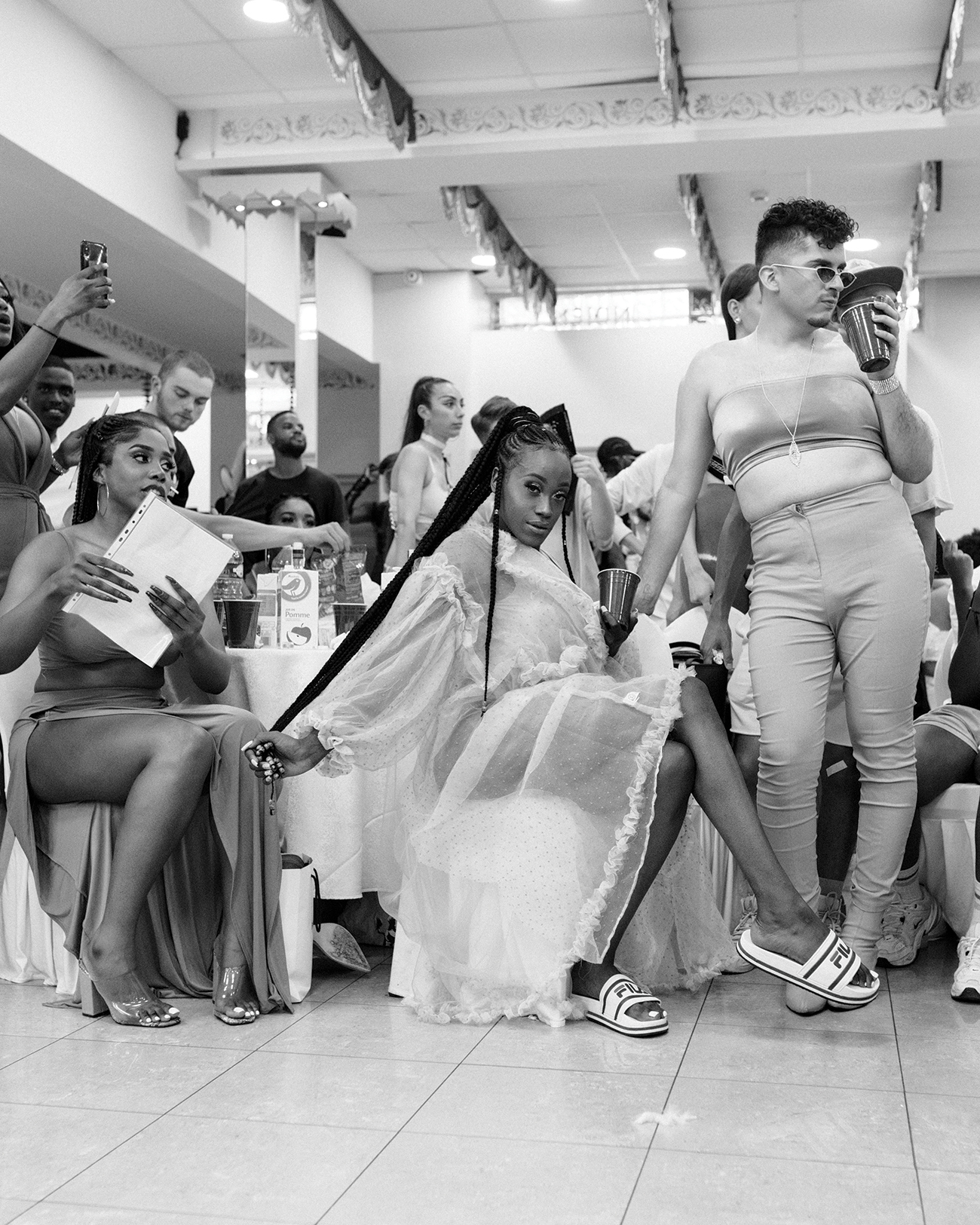
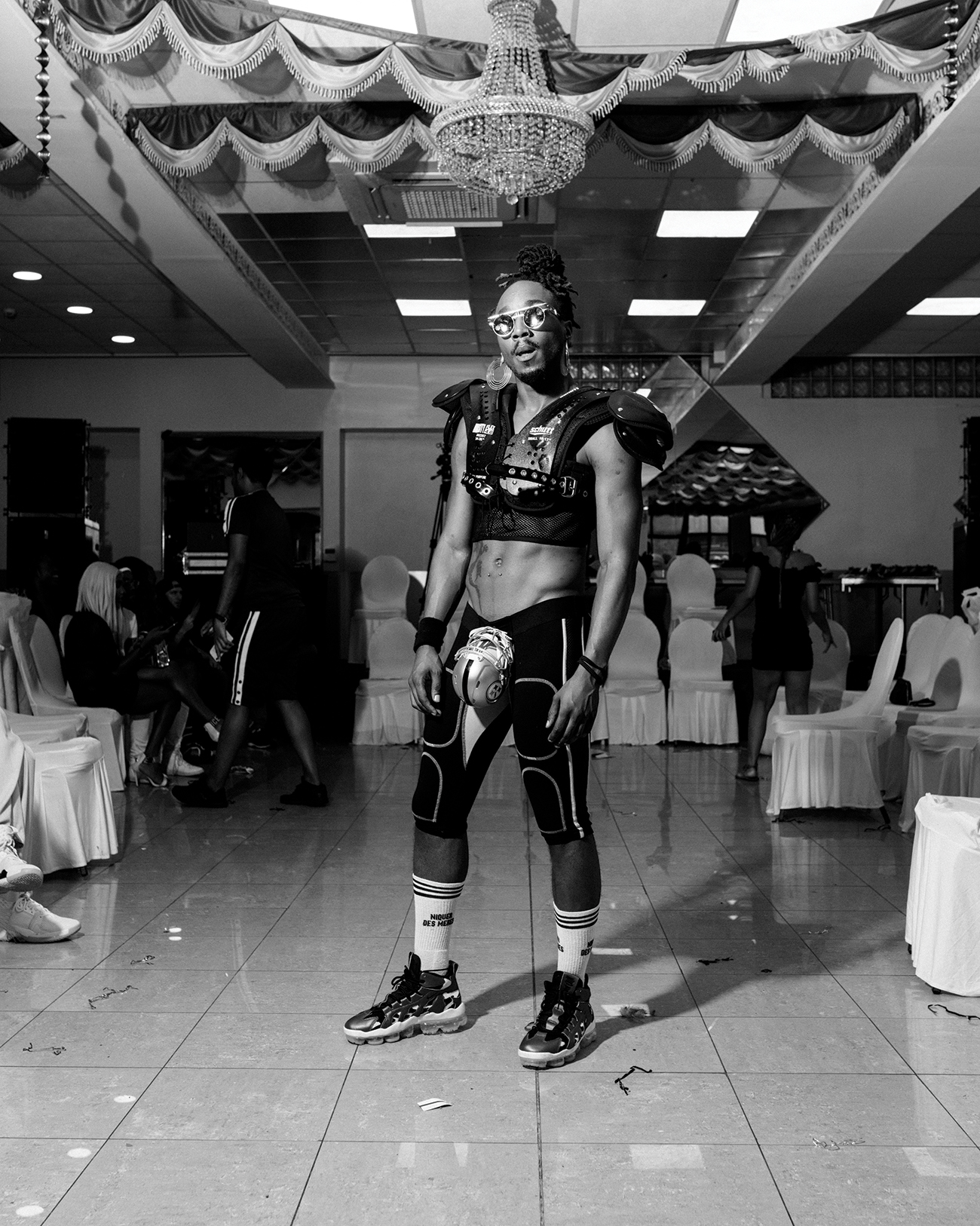
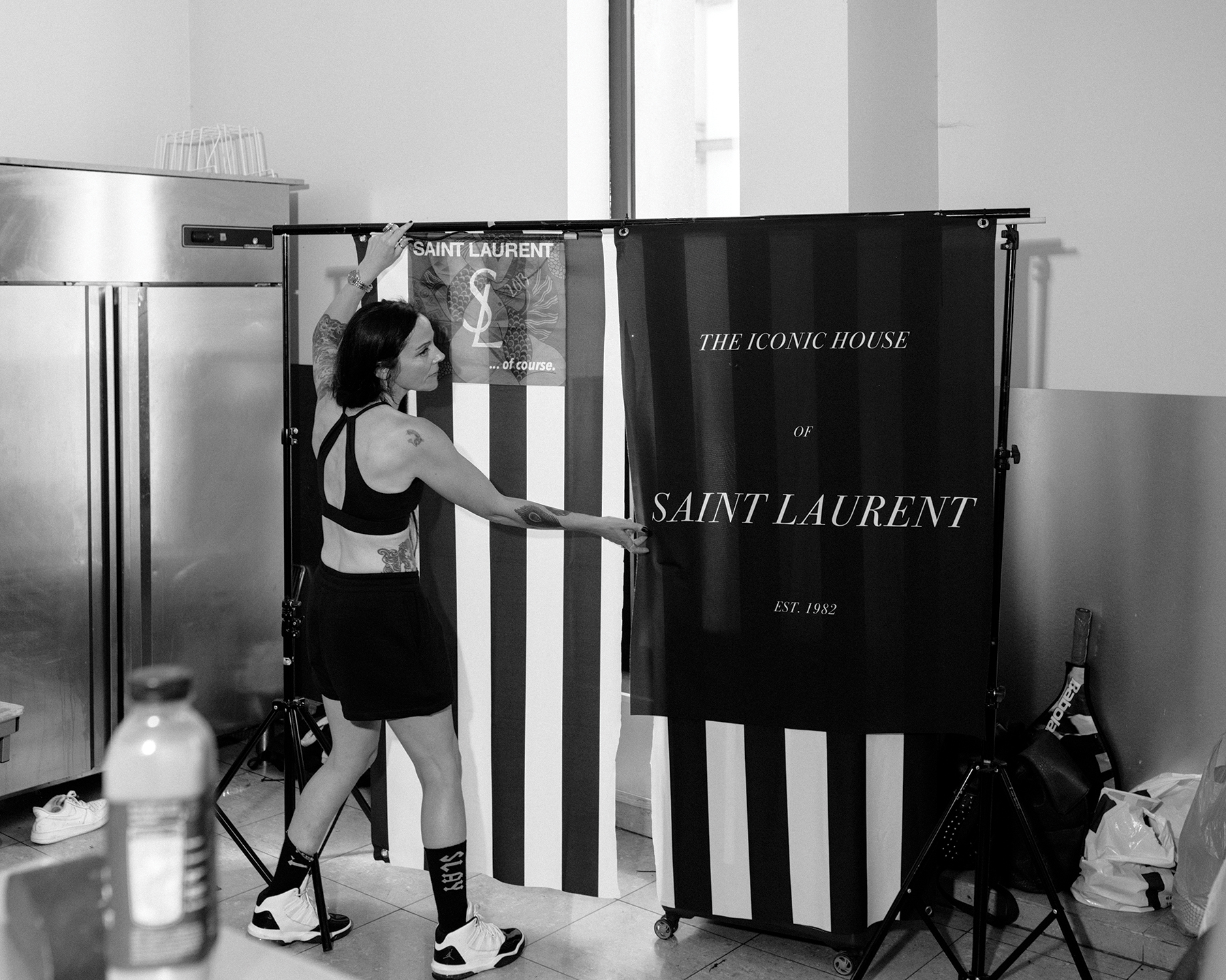
“I think the question is, where the profit is and the intention is. Am I teaching because I want to be famous? Am I teaching because I like the moves? Or am I teaching because I want to share and really want something to grow out of this?” — Leo Saint Laurent
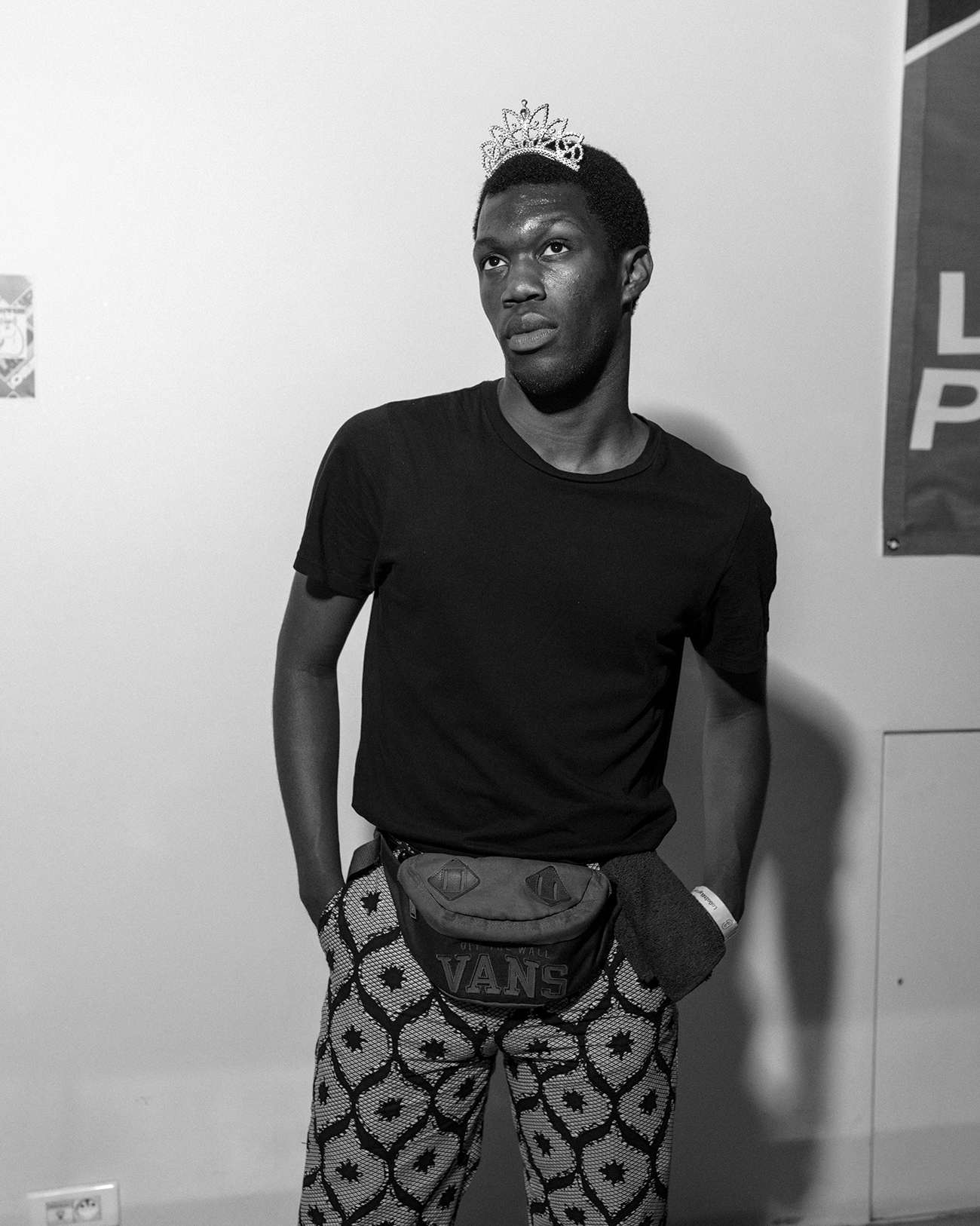

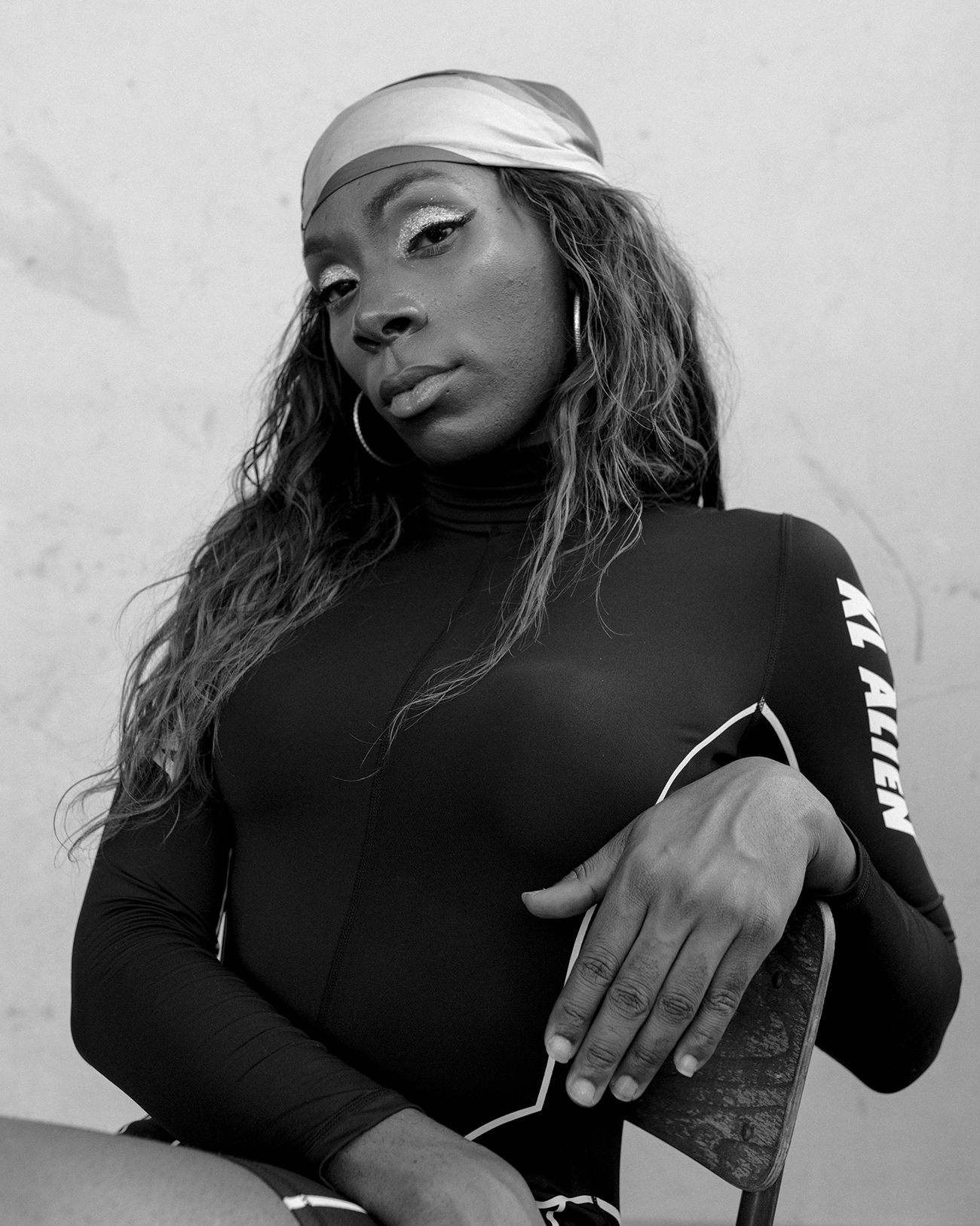
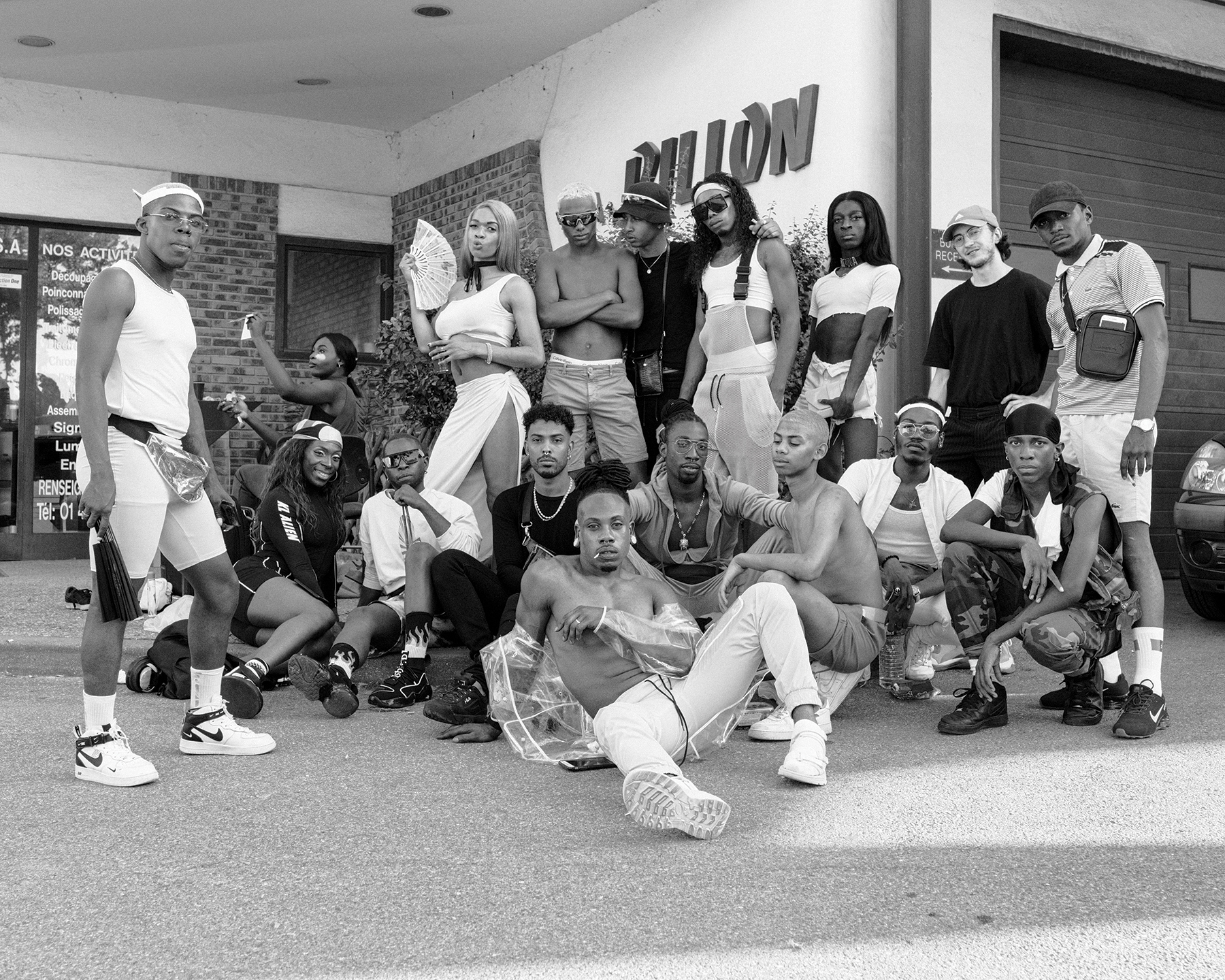
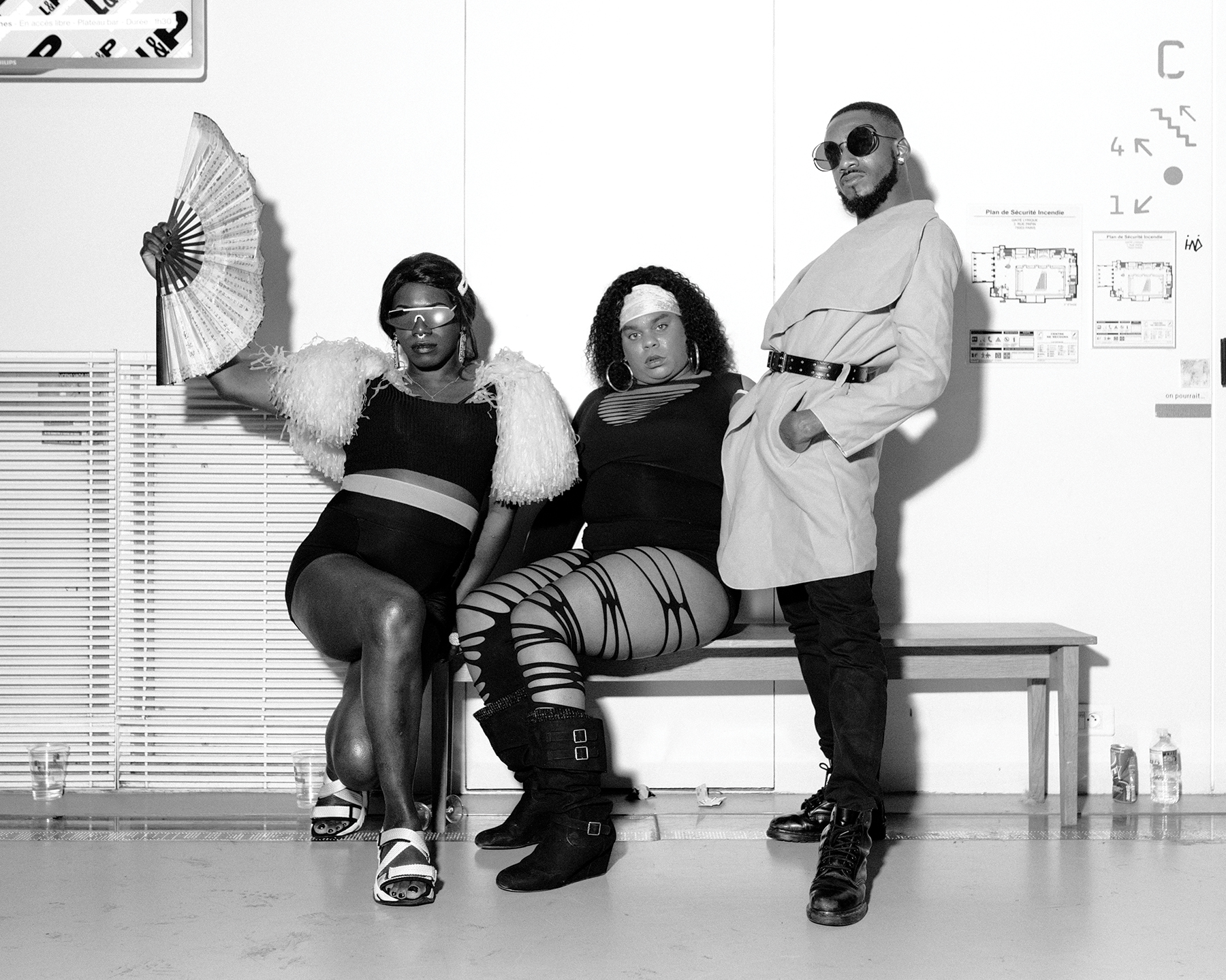
"You should always remember that if you’re a straight cis woman, or you’re white, that you are a guest. Make sure you stay welcome and own your place in this culture by learning its craft.” —Lasseindra Ninja
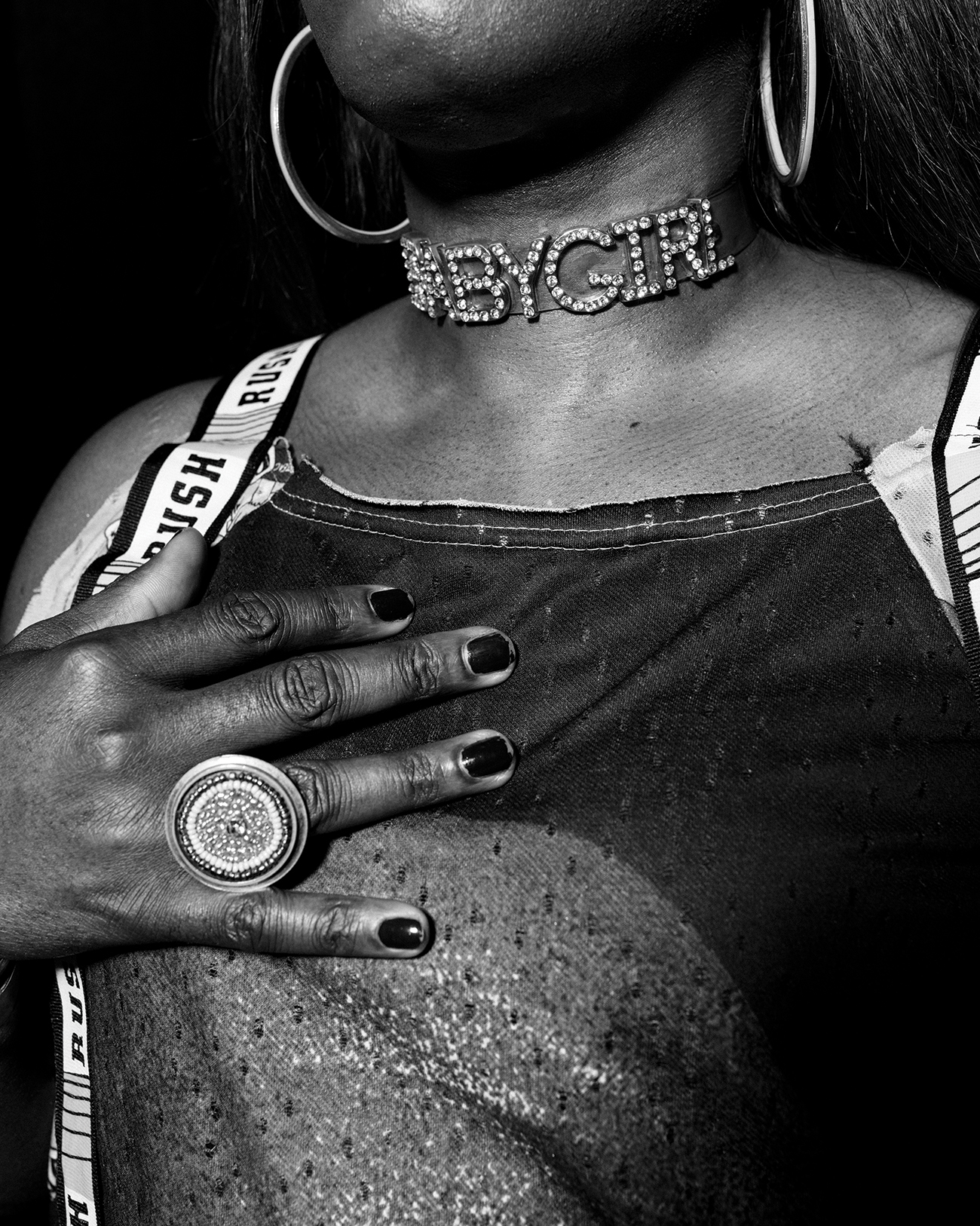
“This is not a zoo you can come visit and photograph.” —Steffie “Nikki” Mizrahi
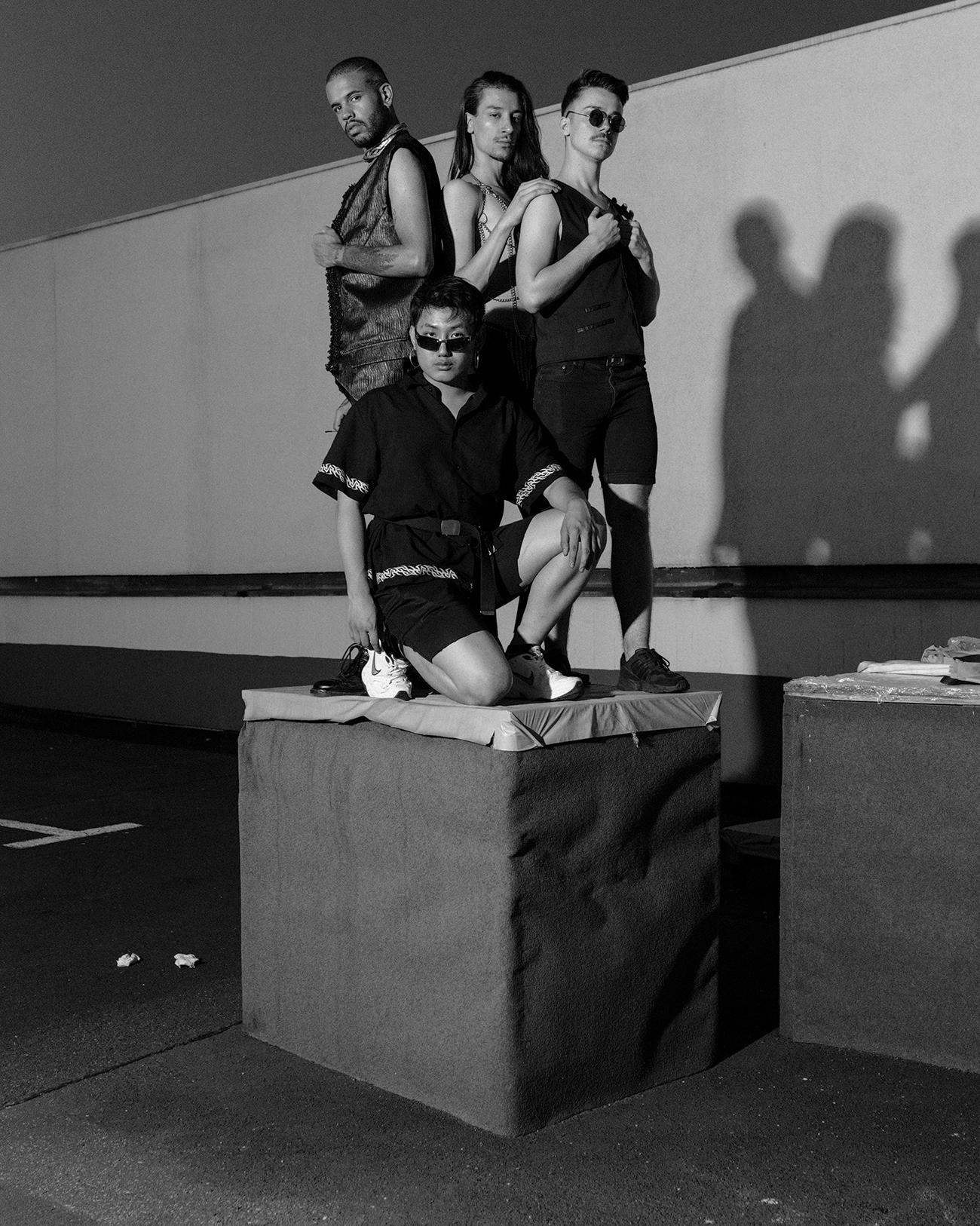
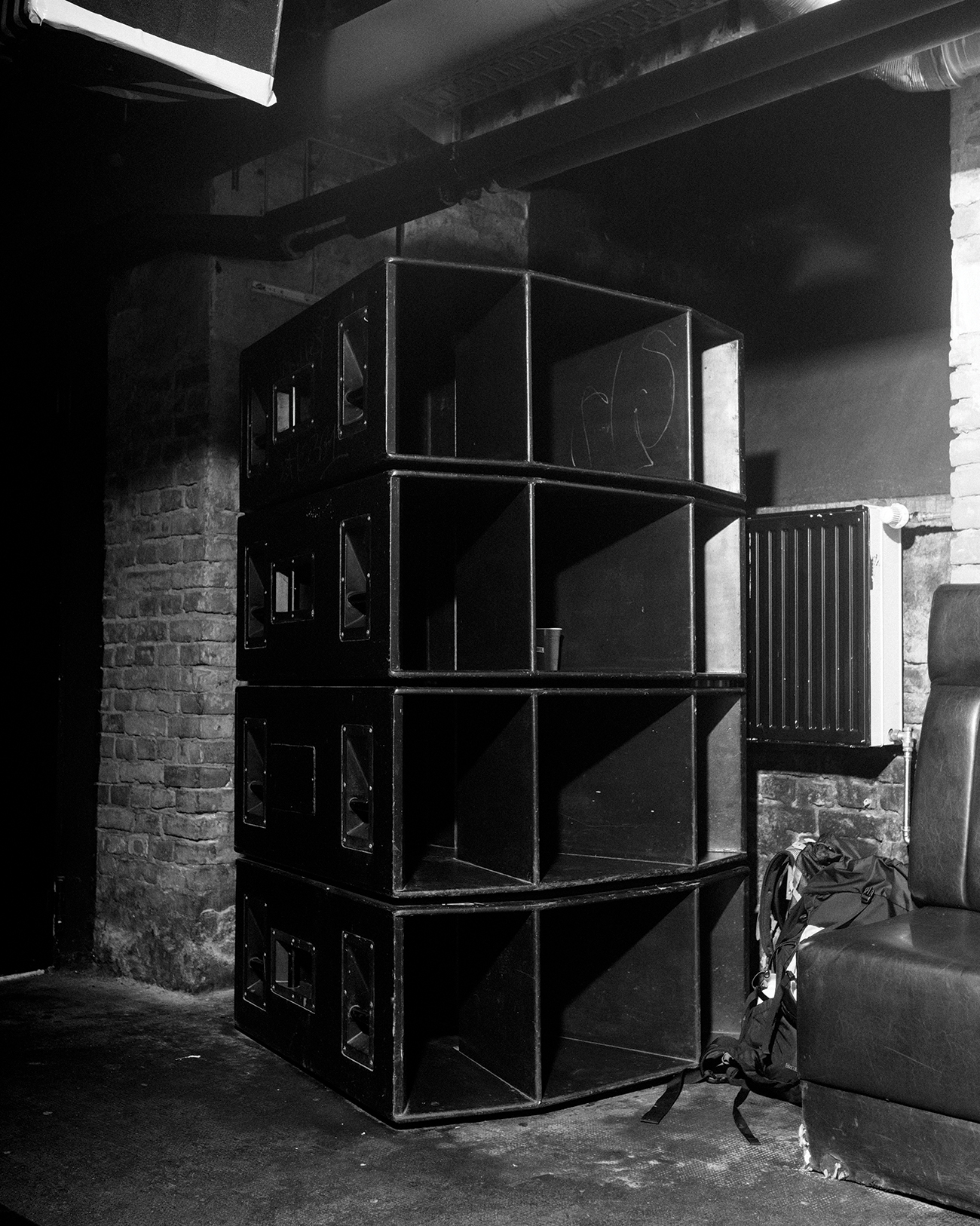
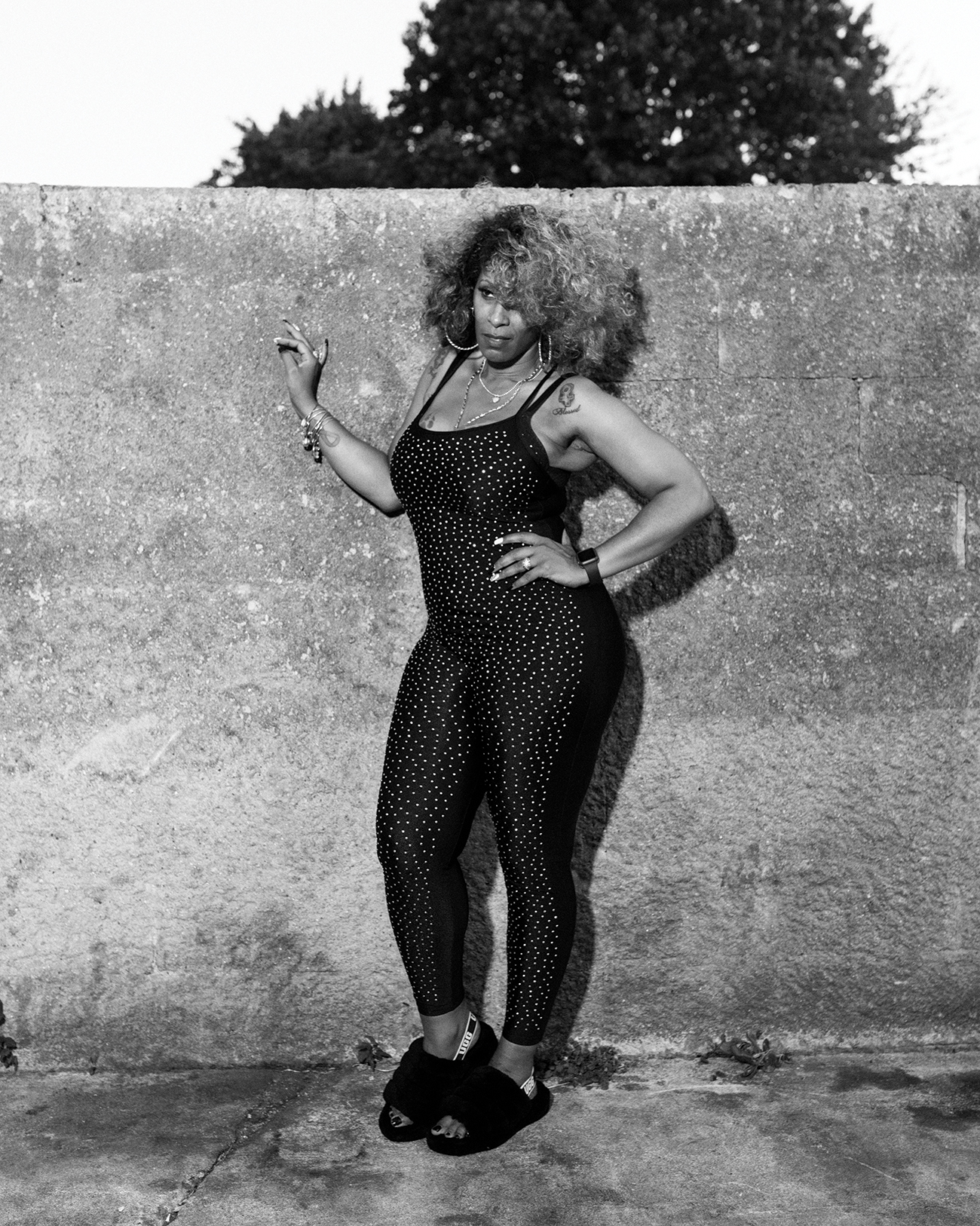
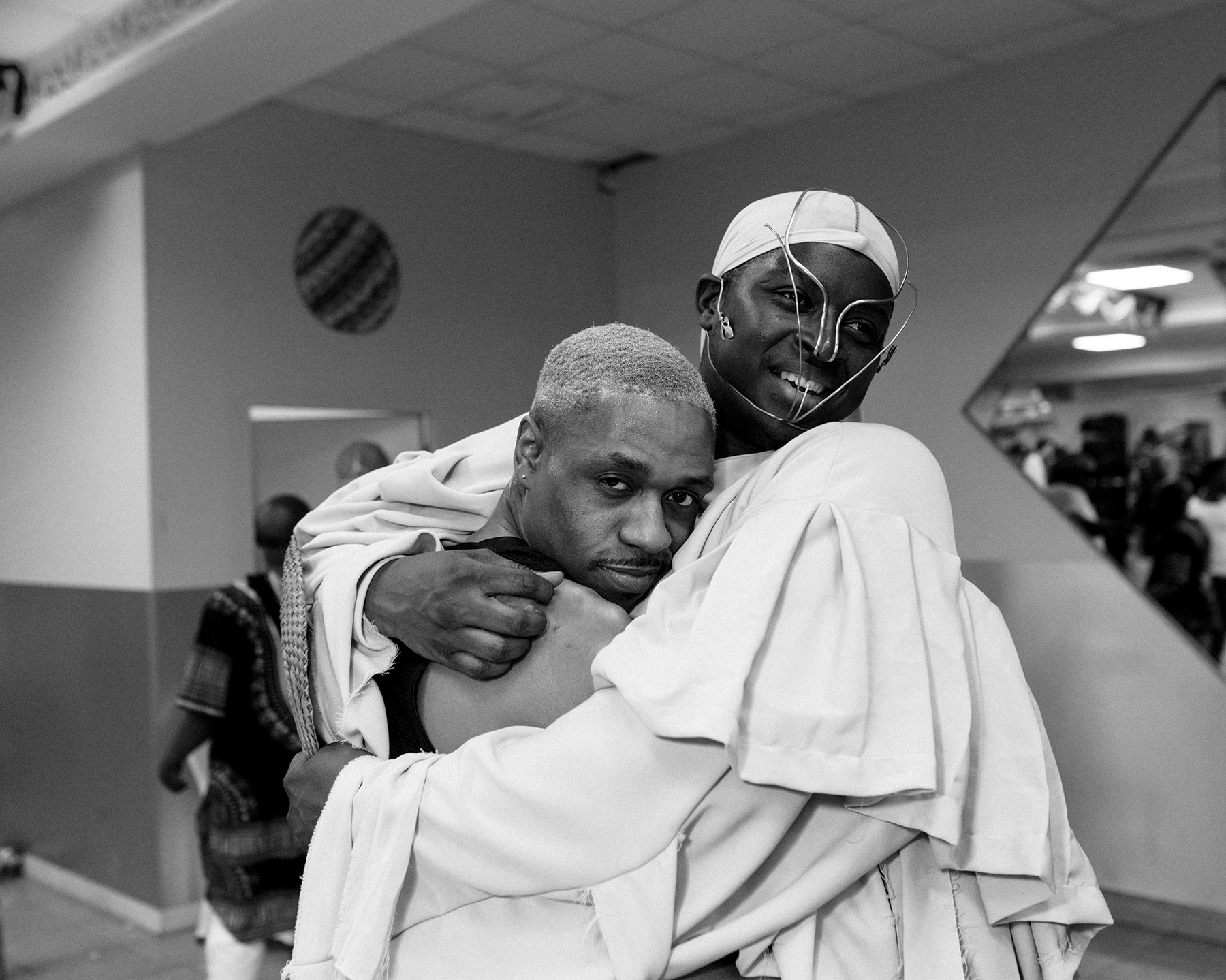
If you want more border stories, check out this additional package which explores how the borders that divide and surround Europe affect the lives of the people living near them.
from VICE https://ift.tt/2NAMOSI
via cheap web hosting
No comments:
Post a Comment